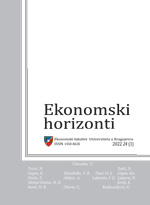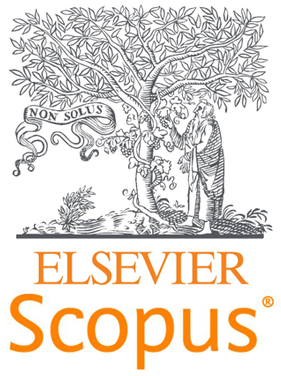MEASURING THE RISK OF LENDING TO SMALL AND MEDIUM-SIZED ENTERPRISES IN THE REPUBLIC OF SERBIA IN LIGHT OF MODERN BANKING REGULATIONS
Mirela Mitrasevic1 and Snezana Bardarova2
1Faculty of Business Economics, Bijeljina, University of East Sarajevo, Bosnia and Herzegovina
2Faculty of Tourism and Business logistics, Gevgelija, University Goce Delcev, Stip, Republic of North Macedonia
The subject matter of this paper is measuring the risk of lending to Small and Medium-sized Enterprises (SMEs) from the point of view of the existing banking regulations. The paper starts from the hypothesis that an increase in the transparency of the credit risk measurement process would enable the timely detection of problems and leave room for the actions necessary for the management of small and medium-sized enterprises, as well as all creditors, and generate an opportunity for SMEs to provide more favorable sources of financing. In the research study, the well-known Altman Z-Score model was used to assess the probability of default and rank a company. The results of the application of the Z-Score model indicate that, to a certain extent, they can detect the companies in which bankruptcy may occur in the two years following the assessment, on the one hand, but they cannot be considered as reliable for the assessment of the probability of the bankruptcy of SMEs in the Republic of Serbia, on the other.
Keywords: SME financing, credit risk, capital requirements, credit scoring, bond rating equivalent
JEL Classification: G21, G28




